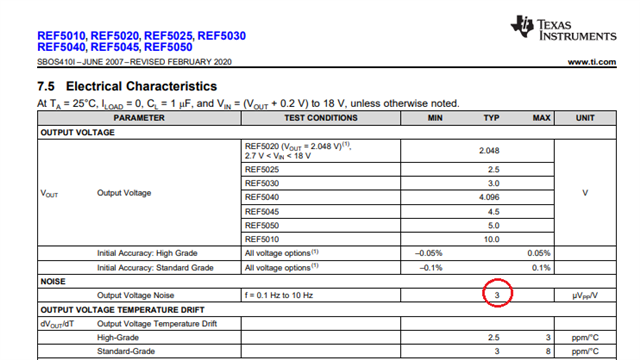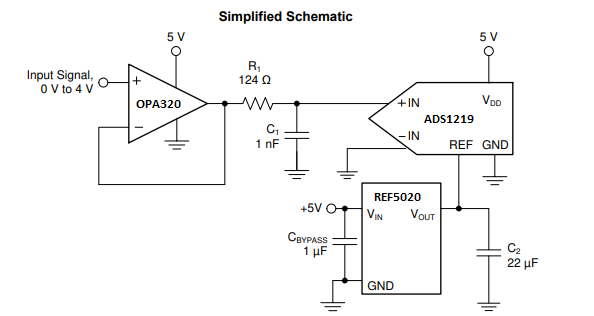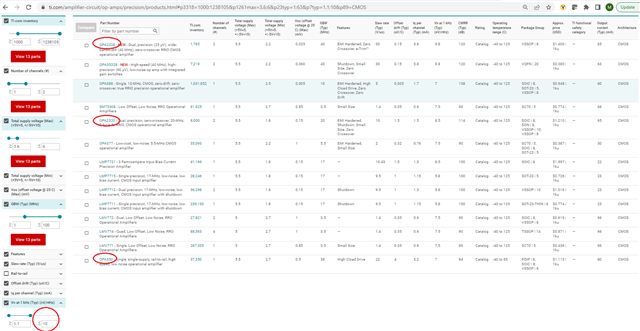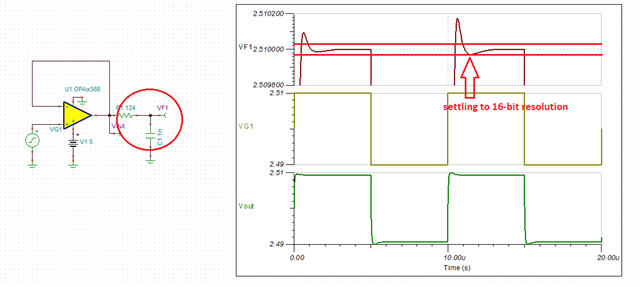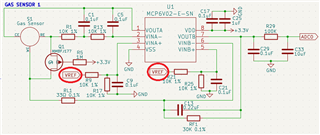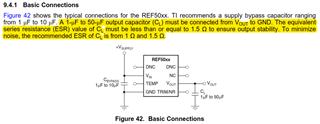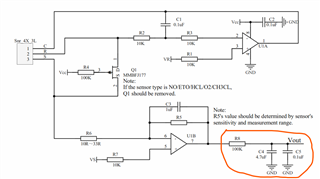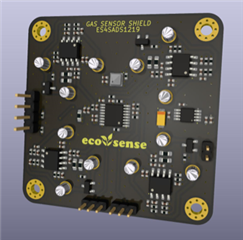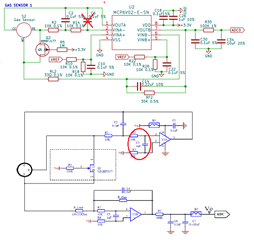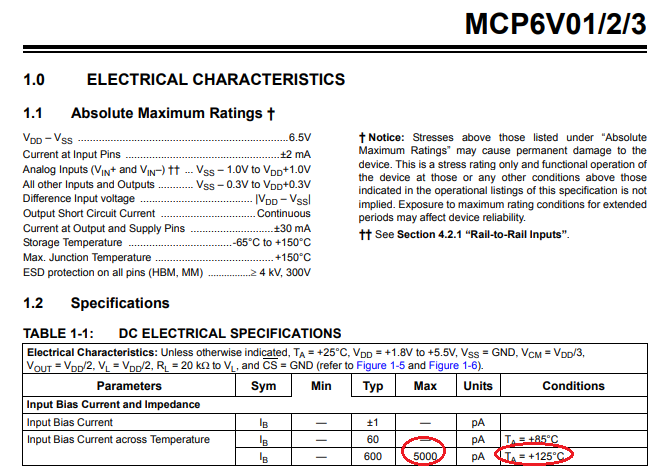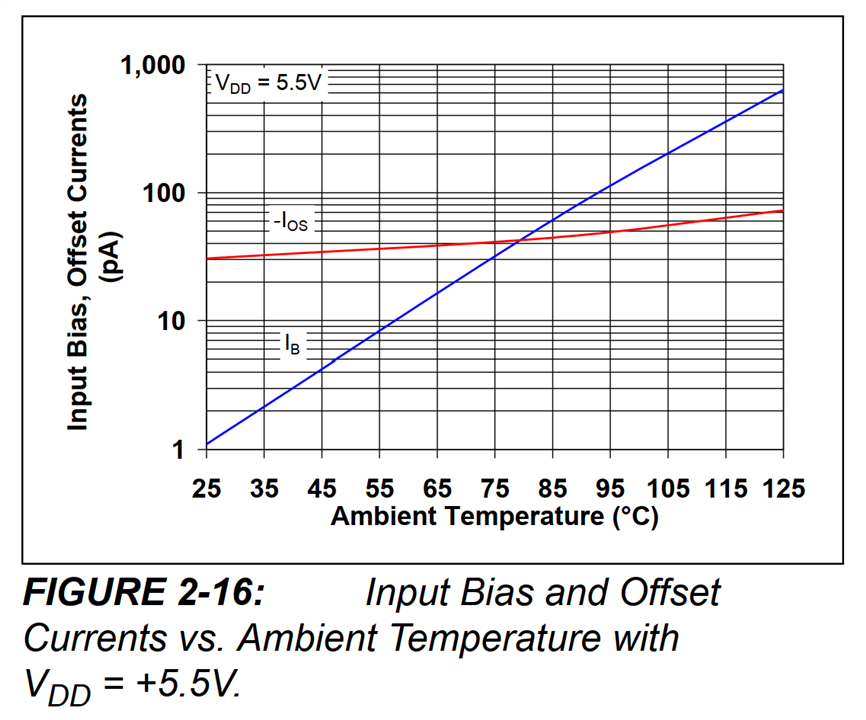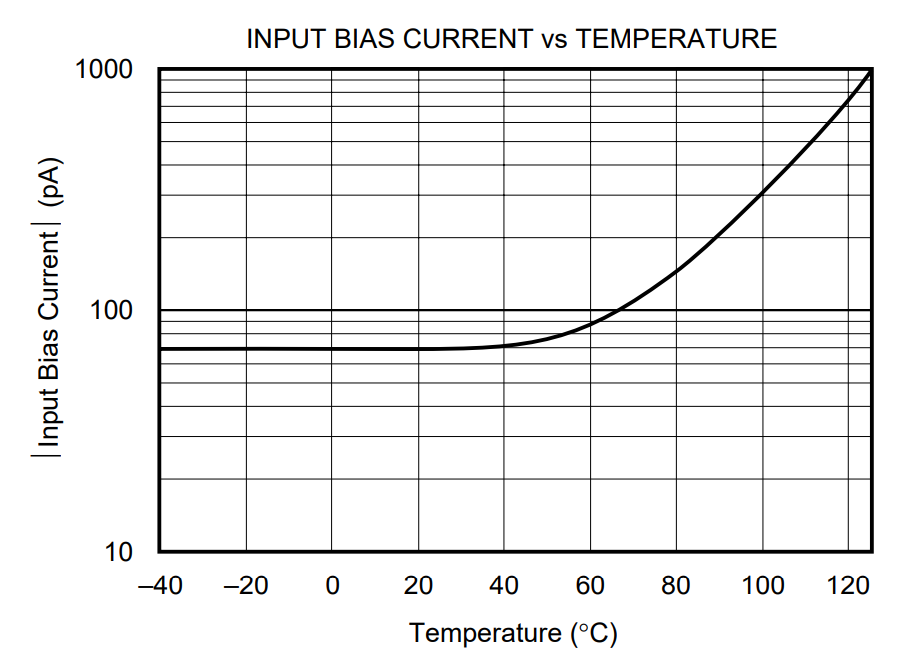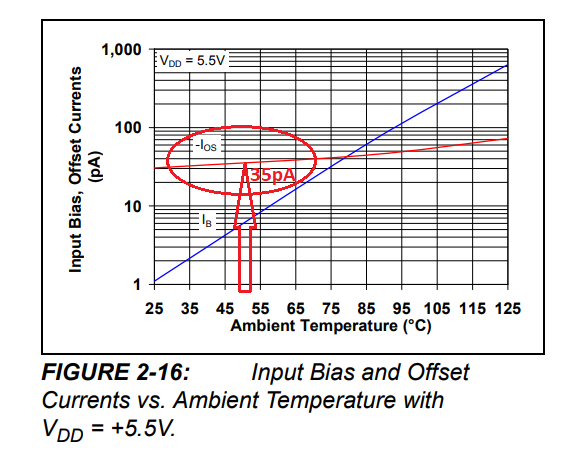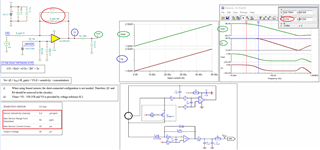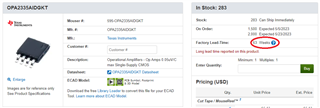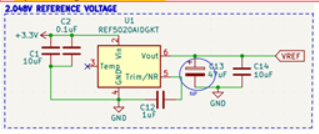Other Parts Discussed in Thread: ADS1219, REF5020, , OPA320, OPA388, OPA350, LMP91000, OPA2378, OPA2335, LMP2232, TLV2262, OPA2336, OPA2340, OPA2320, LMP2012, OPA2328, OPA335, LM4140, OPA2187
Hi
I have designed the circuit below based on the available datasheets and EVM schematics. I am not an engineer. I need help with the design below.

I want to drive the REFP of ADS1219 24 bit ADC. Please let me know if the design is fine. I am planning to use 10uF tantalum capacitor on the output.
Regards
Vijay


